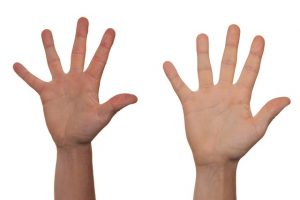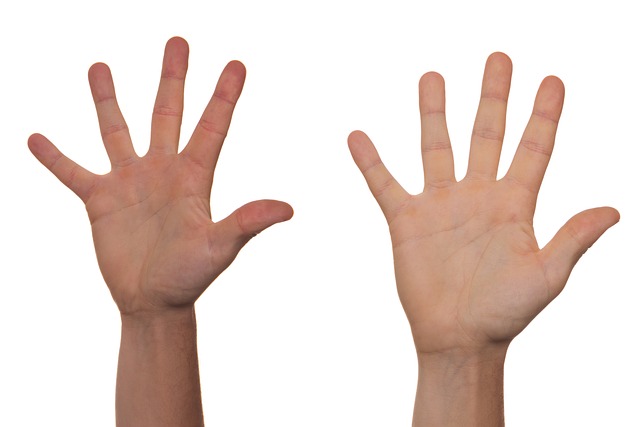Raynaud’s Disease is a condition that affects the blood vessels in the fingers, toes, ears, and nose. It causes these areas to feel numb and cold, and can even lead to color changes in the skin.
While Raynaud’s Disease is not life-threatening, it can be uncomfortable and disruptive to daily life. Seeking treatment is important to manage symptoms and prevent complications.
What is Raynaud’s Disease?
 Raynaud’s Disease is a condition that causes the blood vessels in certain parts of the body to narrow, reducing blood flow to those areas. This can cause the affected areas to feel cold and numb, and may even cause color changes in the skin. There are two types of Raynaud’s Disease: primary and secondary. Primary Raynaud’s Disease is more common and typically less severe than secondary Raynaud’s Disease.
Raynaud’s Disease is a condition that causes the blood vessels in certain parts of the body to narrow, reducing blood flow to those areas. This can cause the affected areas to feel cold and numb, and may even cause color changes in the skin. There are two types of Raynaud’s Disease: primary and secondary. Primary Raynaud’s Disease is more common and typically less severe than secondary Raynaud’s Disease.
Causes of Raynaud’s Disease
The exact cause of Raynaud’s Disease is not known, but there are several factors that may contribute to its development. Primary Raynaud’s Disease is thought to be caused by an overreaction of the body’s blood vessels to cold temperatures or stress. Secondary Raynaud’s Disease may be caused by an underlying medical condition such as lupus or scleroderma.
Symptoms of Raynaud’s Disease
The most common symptoms of Raynaud’s Disease include numbness, tingling, and a cold sensation in the affected areas. The skin may also turn white or blue before eventually turning red as blood flow returns. Symptoms are often triggered by exposure to cold temperatures or stress.
Diagnosing Raynaud’s Disease
Diagnosing Raynaud’s Disease typically involves a medical history and physical examination. Your doctor may also perform diagnostic tests such as a nailfold capillaroscopy or blood tests to rule out underlying medical conditions.
Treatments for Raynaud’s Disease
There are several treatments available to manage symptoms of Raynaud’s Disease. Medications such as calcium channel blockers and alpha blockers can help to relax blood vessels and improve blood flow. In severe cases, surgery may be necessary to improve blood flow to the affected areas. Alternative therapies such as acupuncture and biofeedback may also be helpful in managing symptoms.
Lifestyle Changes to Help Manage Raynaud’s Disease
Making lifestyle changes can also help to manage symptoms of Raynaud’s Disease. This may include avoiding exposure to cold temperatures, wearing warm clothing, and practicing stress-reducing techniques such as yoga or meditation.
When to See a Doctor for Raynaud’s Disease
It is important to seek medical attention if you experience symptoms of Raynaud’s Disease, especially if they are severe or interfere with daily life. Complications such as skin ulcers or gangrene can occur in severe cases.
Raynaud’s Disease is a condition that affects the blood vessels in certain parts of the body, causing numbness, tingling, and color changes in the skin.
While it is not life-threatening, seeking treatment is important to manage symptoms and prevent complications. Lifestyle changes and medications can be helpful in managing symptoms, and it is important to seek medical attention if symptoms are severe or interfere with daily life.








